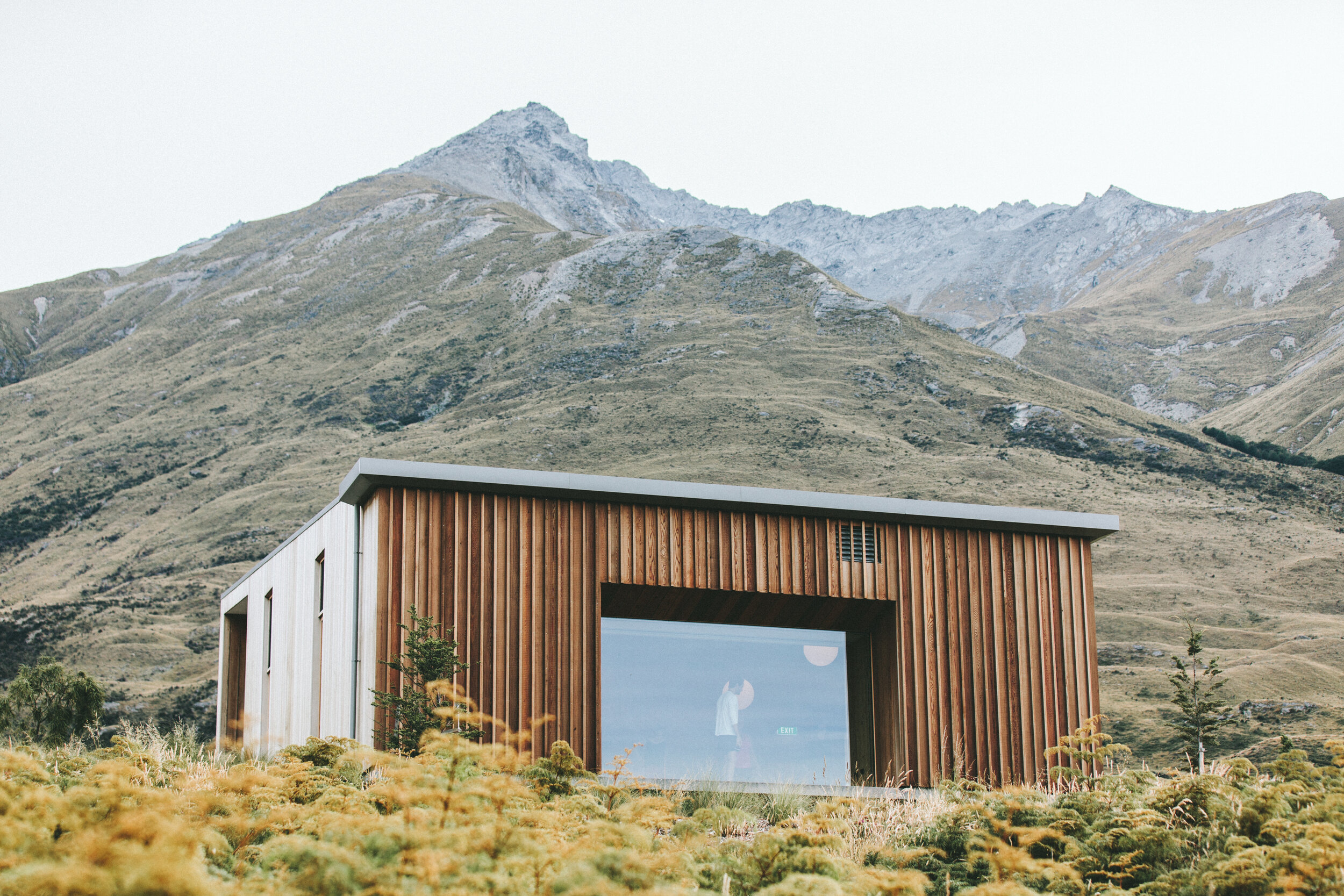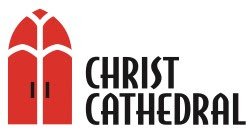
A bright future, founded on a treasured past.
Where it all began…
-

Nearly 120 years ago, a Kansas bishop and a wealthy New York widow envisioned a stately cathedral situated in what was then known as 'Western Kansas.' In 1903, Salina was 45 years young and growing strong.
-

From the terra cotta roof tiles from Cleveland, Ohio, plumbers from Salina, a construction firm from Topeka, and architects from Philadelphia, from the beginning, Christ Cathedral took shape from a meeting of the minds.'
-

While its downtown neighborhood looks different today than in the early 20th century (insert 1-2 vintage streetscape pics), several constants remain. The Cathedral still welcomes all seekers and believers to its masses and other services, and to share in its resources and to enjoy its green spaces. It continues to uphold the tenants of faith that demonstrate Christ's love for all. Today, parish members and guests still worship and celebrate in the enduring Episcopal tradition through a vibrant menu of services, studies, concerts and outdoor activities.
-

An article in the Jan 8, 1908 Salina Evening Journal told its readers, "The Cathedral is designed in the style of the medieval churches, the walls being entirely of stone face, within and without. This is a new departure in church architecture in Kansas...The furniture is all hand carved (oak) and is heavy and exceptionally well fitted for the style of the church.....Sixteen of the clergy stalls are canopied, each canopy being beautifully hand carved."
-

The limestone for the church was quarried from Cottonwood Falls, Silverdale and Lyon County, Ks. Distinguished for its elegant yet not overly ornate Gothic style, most, if not all of the cost to design, furnish and build Christ Cathedral was born by Mrs. Sarah E. Batterson, in memory of her late husband, the Reverend Hermon G. Batterson. Along with considerable funding, among the furnishing she provided were 24" silver candlesticks from Gorham's Jewelry in New York City. Among numerous other donations, as the Cathedral took shape, was a gift from the Rev. Reed, to provide a light over the front door and hitching posts out front. Costs for initial construction, 1906-08, was roughly $35,000 to $40,000, including some furnishings.
-

From its inception, the Cathedral was conceived as a place where worship and contemplation was central. During the Cathedral's consecration on May 28, 1908, nearly two years after the cornerstone was laid, Bishop Griswold said, "You will see that the building itself stands as our church does, for reality and simplicity. There is nothing in it which is not precisely what it presents to be, and it is quite without ornamentation, harmonious in its lines and dignified in the extent of its surface and spaces, and yet adapted to our present need."
-

From the Cathedral's opening Te Deum during its consecration service, music has played a focal, visible role. Vocal and instrumental music remains a Cathedral hallmark that draws visitors and members alike. From its xxx- pipe organ to its (11?)-bell chime, Cathedral organists and staff have showcased its own and nationally known performers for the community to enjoy (insert 2-3 choir/music images plus link to music events section or calendar).
-

A place for the church's original organ, plus a loft for the new pipe organ that would be installed in 1908, were detailed in media coverage and about-town conversation. A tower for a chime of 11 cast bells was also planned- one of fewer than 400 sets placed across the U.S., by the Meneely Co of West Troy, N.J., which was founded by Benjamin Hanks, a probable apprentice of Paul Revere. The bells were given by Mrs. Arthur M Claflin in memory of her husband. A team of horses, with rope and pulley was used to lift the bells up into place. Each bell is inscribed with a verse of Psalm 150. Access to the bell tower is by climbing a circular, 65-step turret stairway leading to the tower. Collectively, the bells weight more than 11,000 pounds, with the largest, the tenor bell, weighing 2,500 pounds, at 49.5 inches in diameter. For many years, the tenor bell rang alongside the Sanctus bell at the high altar, to announce consecration of the bread and wine during Mass. By 1966, all of the bells were electrified and could be operated from a console placed near the organ. In 1990, three more bells were added, making Christ Cathedral the only church in Kansas at that time, to have a complete chime of 14 bells. In 1999, nine more bells were added, making it a carillon of 23 bells covering a 2.5 octave range.
-

Since the Middle Ages, stained-glass windows have been placed in houses of worship, not only to keep out the elements, but to serve as a teaching tool. Because only the aristocracy or upper classes could read in that era, depicting BIble stories or teaching church history through stain-glass window design allowed the illiterate to learn about Christianity.
-

From the Cathedral's opening Te Deum during its consecration service, music has played a focal, visible role. Vocal and instrumental music remains a Cathedral hallmark that draws visitors and members alike. From its xxx- pipe organ to its (11?)-bell chime, Cathedral organists and staff have showcased its own and nationally known performers for the community to enjoy (insert 2-3 choir/music images plus link to music events section or calendar).
-

A place for the church's original organ, plus a loft for the new pipe organ that would be installed in 1908, were detailed in media coverage and about-town conversation. A tower for a chime of 11 cast bells was also planned- one of fewer than 400 sets placed across the U.S., by the Meneely Co of West Troy, N.J., which was founded by Benjamin Hanks, a probable apprentice of Paul Revere. The bells were given by Mrs. Arthur M Claflin in memory of her husband. A team of horses, with rope and pulley was used to lift the bells up into place. Each bell is inscribed with a verse of Psalm 150. Access to the bell tower is by climbing a circular, 65-step turret stairway leading to the tower. Collectively, the bells weight more than 11,000 pounds, with the largest, the tenor bell, weighing 2,500 pounds, at 49.5 inches in diameter. For many years, the tenor bell rang alongside the Sanctus bell at the high altar, to announce consecration of the bread and wine during Mass. By 1966, all of the bells were electrified and could be operated from a console placed near the organ. In 1990, three more bells were added, making Christ Cathedral the only church in Kansas at that time, to have a complete chime of 14 bells. In 1999, nine more bells were added, making it a carillon of 23 bells covering a 2.5 octave range.
-

Below the feet of all who work or worship at the Cathedral, are unique floor tiles bearing Christian symbols, with an interesting history. In 1900, Henry Chapman Mercer founded the Moravian Pottery and Tile Works in Bucks County, Pa, to preserve and celebrate American craftsmanship and heritage that was beginning to be lost as industrial factories and assembly lines gained popularity.
From the company's collection, 14 different designs in two-inch square tiles was selected for use in the floor of the great choir and chancel. Among those design are the Star of David, the Maltese Cross, a fleur de lys, the Quatrefoil of Jevaulx, a dolphin, the Dragon of Castle Acre and the Swastika of Persepolis, a religious symbol dating back to Persia, in 4000 to 3000 B.C.
